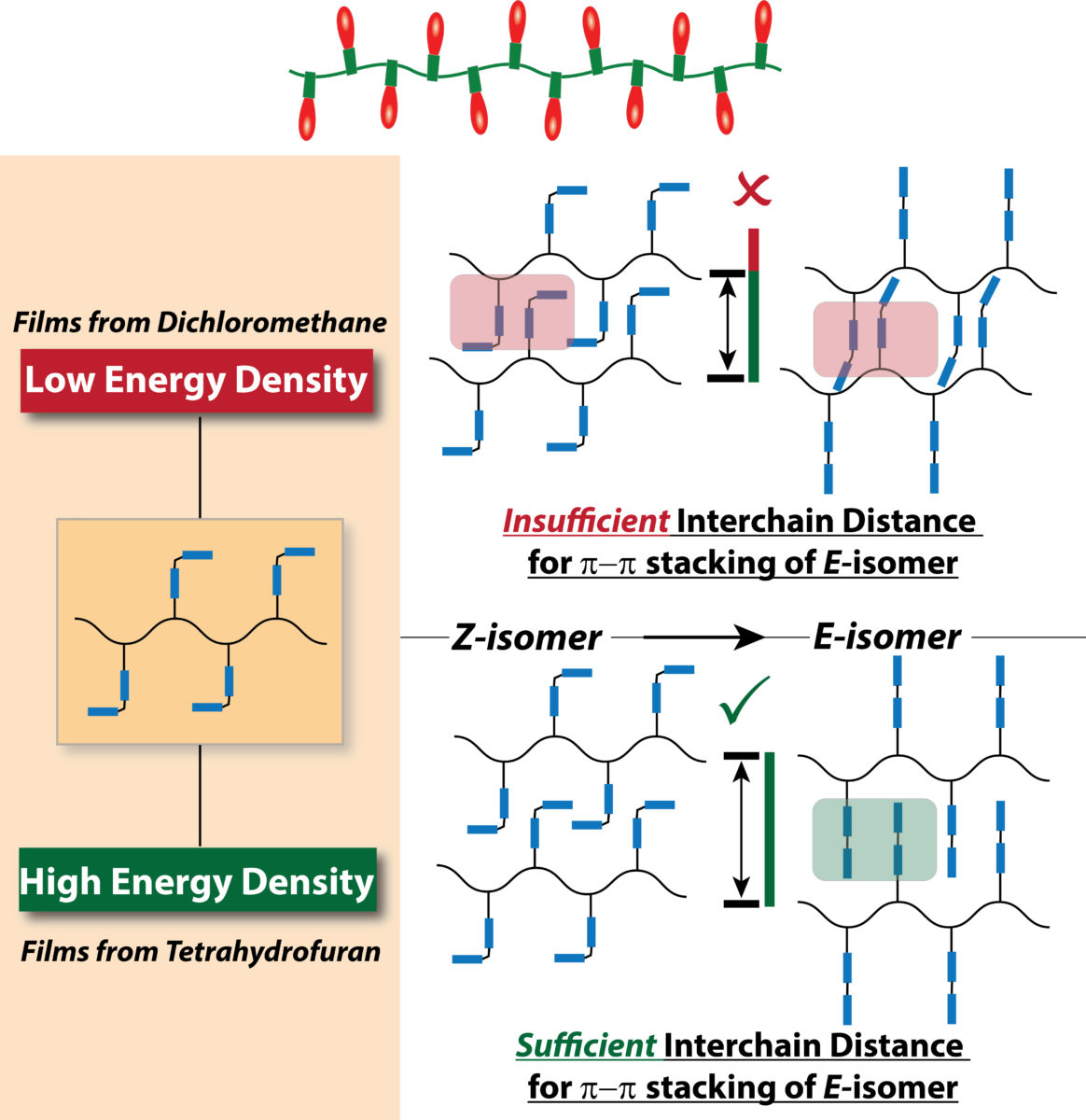A new battery being developed by scientists at UMass could provide an alternative to lithium storage. The battery stores energy in chemical bonds, releasing it as heat rather than electricity.
According to research published in the journal Scientific Reports, the system developed was able to achieve an average storage density of 510 joules/gram, and a maximum of 690, compared with previous polymeric storage systems, the density range of which were in the range of 200 joules/gram.
“Theory says that we should be able to achieve 800 joules per gram, but nobody could do it,” says UMass Chemistry Professor Dhandapani Venkataraman. “This paper reports that we’ve reached one of the highest energy densities stored per gram in a polymeric system.”
The system was built on previous research by MIT Professor, Jeffrey Grossman who suggested arranging molecules around a carbon nanotube, which would allow scientists to manipulate molecular behavior, and determine energy uptake and release.
The researchers built on Grossman’s idea of controlling the arrangement, but chose to work with a flexible polymer rather than carbon nanotubes.
Popular content
“What you cannot do with a carbon nanotube is reduce the distance between molecules,” explains Venkataraman. “We thought that the structure of a polymer chain, something like a string of Christmas lights, would let the azobenzene groups get closer to each other and interact, which is when they gain energy and become more stable.”
Though the initial results were successful, the team was unable to explain why. Digging further ultimately showed that it was their choice of processing solvent, which led to the raised efficiency.
“We thought that the distance between the lights in the string was the most important. It is important, but what is more important is the way that multiple strings and their lights are carefully arranged,” continues Venkataraman. “It turns out that the processing solvent we used basically acts to ensure that there can be maximum packing density.”
The team says there still practical issues related to the charging for them to iron out, which it will now focus on. The technology could see application in ‘solar pads’, which collect energy by day and store it for heating or cooking after dark.
This content is protected by copyright and may not be reused. If you want to cooperate with us and would like to reuse some of our content, please contact: editors@pv-magazine.com.



By submitting this form you agree to pv magazine using your data for the purposes of publishing your comment.
Your personal data will only be disclosed or otherwise transmitted to third parties for the purposes of spam filtering or if this is necessary for technical maintenance of the website. Any other transfer to third parties will not take place unless this is justified on the basis of applicable data protection regulations or if pv magazine is legally obliged to do so.
You may revoke this consent at any time with effect for the future, in which case your personal data will be deleted immediately. Otherwise, your data will be deleted if pv magazine has processed your request or the purpose of data storage is fulfilled.
Further information on data privacy can be found in our Data Protection Policy.